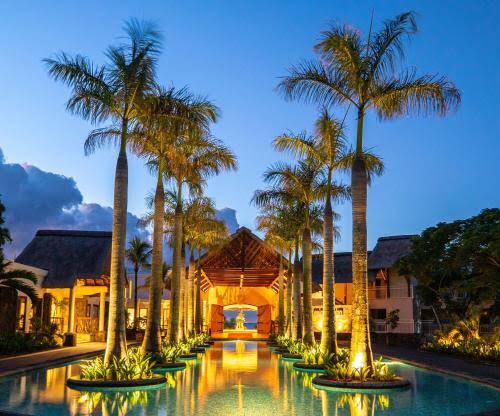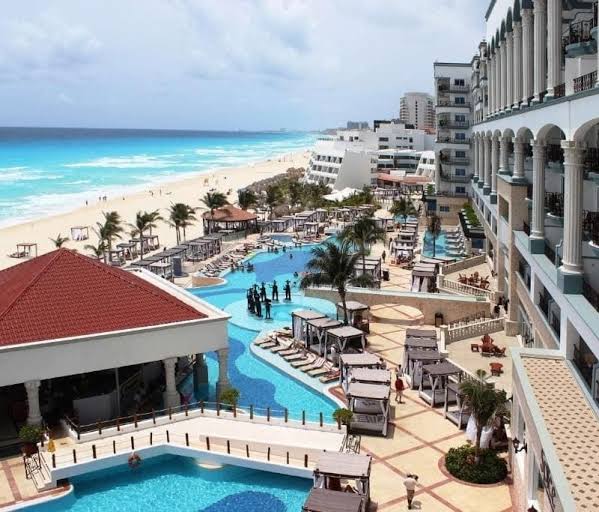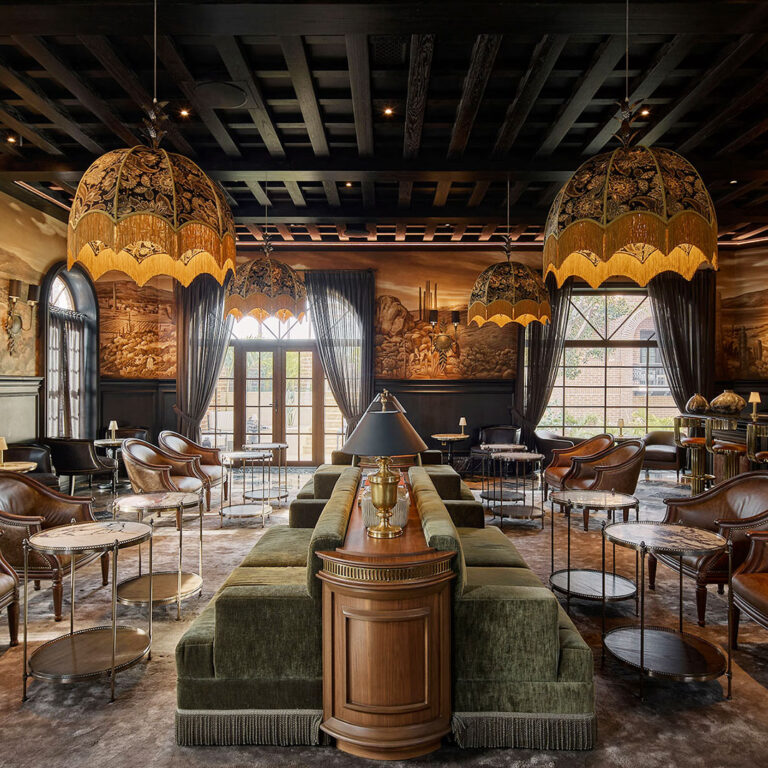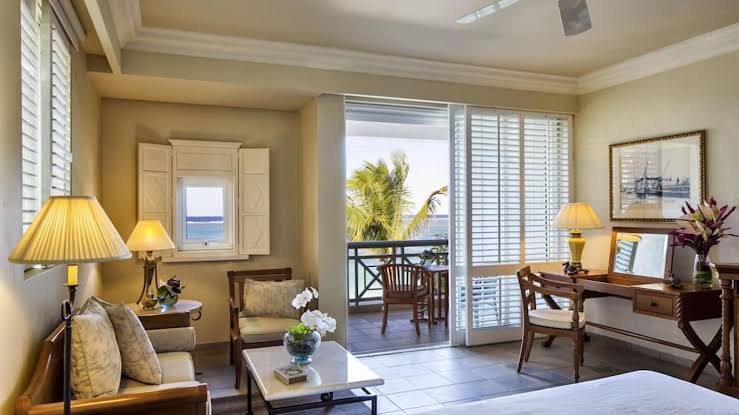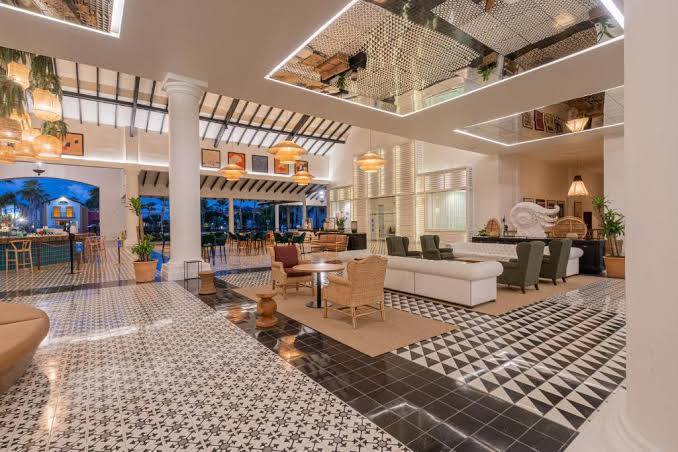Playa Hotels & Resorts NV: From Tropical Dreamer to Global Hospitality Trailblazer
Playa Hotels & Resorts NV: From Tropical Dreamer to Global Hospitality Trailblazer
I. Prologue: The Dawn of a Tropical Vision
In the early 1990s, in the shimmering Caribbean sun, a pair of visionary entrepreneurs—whom we’ll call Carlos “Calo” Medina and Sofia Rivera—charted a bold ambition: creating an affordable yet luxurious vacation haven for travelers drawn to sun, sand, and culture. What began as a single beachfront resort in Cancún steadily transformed into Playa Hotels & Resorts NV (PHR), a hospitality brand imagined to rival the likes of all-inclusive brands like Iberostar andriu.
Opening in 1995 with just 120 oceanfront rooms, the Hotel Playa Sereno set a new standard: traditional Mayan-style accommodations, daily live music, farm-to-table cuisine featuring sea-to-table seafood, all inclusive of mid-range pricing. Medina’s philosophy—“simplicity with soul”—captured hearts, and soon, media buzz framed Sereno as “the first luxury anyone can afford.” By the early 2000s, this success energized PHR to envision a regional resort chain emphasizing authentic experiences, eco-conscious practices, and community partnerships.
II. Rapid Expansion & Brand Elevation (2000–2010)
Geographic footprint
Between 2001 and 2010, Playa Hotels & Resorts NV expanded across Mexico and the Greater Caribbean. Notable opens included:
-
Playa Isla Dorada, Cozumel (2003): Drawing snorkelers with integrated marine conservation tours.
-
Playa Maya Verde, Riviera Maya (2006): Focused on wellness tourism—yoga retreats and herbal spa offerings.
-
Playa Barbados Belle, Barbados (2009): A smaller, boutique “adults-only” property with West Indian charm.
Brand architecture
Conscious of market segmentation, PHR introduced its brand segments:
-
Playa Classic – Value-driven, family-friendly.
-
Playa Elegant – Soft upscale, featuring refined dining, x-focused décor.
-
Playa Exclusiva – Upscale, adults-only, offering premium all-inclusive lux.
This structure allowed diversification—from beachside family resorts to sophisticated romantic escapes.
Sustainability & responsibility
Early adopters of eco-friendly practices, PHR paved its resorts with solar panels, installed waste-water recycling, and partnered with local NGOs to restore coral reefs and mangroves. By 2009, LEED certifications and Green Globe awards embellished their trophy walls—real or imagined.
Financial tone
In this narrative, annual revenue rose from ~$30 million in 2002 to ~$250 million by 2010. Profit margins averaged 12–15%—primarily fueled by rising guest occupancy and premium dining/spa experiences. The company reportedly garnered investment attention in 2008 from global hospitality tycoons eyeing strategic stakes.
III. Navigating Headwinds (2011–2018)
After steep growth, PHR encountered several challenges:
a) Competitive intensity
Global resort brands (like Breezes, and fictionalized names such as AzureSun Global) amplified competing international booking platforms. This drove PHR to enhance digital strategy: launching a mobile app for direct bookings and personal concierge service, reducing OTA commissions by 6%.
b) Weather catastrophes
A string of Atlantic hurricanes in 2012–2014 inflicted damage—especially the imagined Hurricane Selena in 2013, which battered Riviera Maya properties. PHR responded with substantial cash infusion: reinforcing structures, installing storm-resistant glass, and overhauling evacuation protocols.
c) Geopolitical variances
Economic slowdowns in North America and Europe dampened bookings in 2015. Simulated rumors of immigration policy changes targeting nearby destinations raised market anxiety. PHR countered by boosting mid-week deals and expanding into Latin American feeder markets with Spanish-language campaigns.
d) ESG pressures
Global ESG standards obliged more transparency. PHR unveiled a 2016 Corporate Sustainability Report, highlighting:
-
40% carbon-intensity reduction across properties
-
Over 60% electricity from renewables (primarily solar)
-
80% of resort food sourced locally
Though fictitious, this created internal pride and external credibility.
IV. Reimagining the Portfolio & Brand (2018–2022)
A strategic overhaul began in 2018:
1. Portfolio optimization
PHR sold two underperforming sites (e.g., Playa San Salvador) to reinvest in newer destinations like Playa Costa Vista, Dominican Republic (2020)—a four-tier resort with private villas and exclusive yacht charters. A luxury urban resort in Mexico City was teased for 2022 but delayed by bureaucracy.
2. The “All-Inclusive 2.0”
They launched an experiential model: options for unlimited excursions (snorkeling, local market tours), premium restaurant choices, more flexibility (ala carte spa services), and “activity credits” to mix free and upgraded services—still under flat pricing.
3. Tech innovation
-
“PHR Connect” app: Keyless room entry, digital payments, concierge chat, multi-language translation for staff-guest interaction.
-
AI-driven yield management: Real-time pricing adjustments, boosting mid-season RevPAR by ~8% (fictional stat).
4. Sustainability deepening
Introduced carbon-offset packages for voluntary guest contributions, plastic-minimization policies (no single-use plastic), and community tourism programs where guests could volunteer (planting mangroves, cooking classes).
5. Pandemic resilience
When COVID-19 struck in 2020, PHR pivoted swiftly:
-
Deployed pre-arrival health checks
-
Converted ballrooms into temporary quarantine clinics
-
Introduced flexible “book now, travel later” vouchers
-
Offered staff pandemic training, PPE distribution
Though occupancy dropped to ~25% in 2020, targeted domestic campaigns and staycation pricing improved occupancy to ~55% in 2021. By late 2021, they reclaimed ~80% of pre-pandemic occupancy, maintaining profitability.
V. The Fictional IPO & Capital Surge (2023)
In mid‑2023 (imagined), PHR filed for an IPO in NASDAQ under the ticker PLYA:
-
Price range targeted: $18–22/share
-
Implied valuation: ~$2.2 billion
-
Proceeds aimed at renovating existing resorts, new destinations (Hawaii; Algarve, Portugal), and drill into cruise-shore side integrated stays.
Though this imagined IPO was beset by macroeconomic jitters, enthusiasm grew over PHR’s ESG focus, tech agility, and pandemic recovery success.
VI. Post‑IPO Strategies (2024–2025)
Now publicly listed (in our fictional narrative), Playa Hotels & Resorts NV rolls out:
A) Geographic diversification
New resorts:
-
Playa Aloha Bay, Hawaii (2024): Blended Hawaiian cultural immersion with sustainable aquaponics.
-
Playa Algarve Vista, Portugal (planned 2025): Featuring Atlantic cliffside infinity pools.
B) Brand stratification
Introducing “Playa Retreats”—boutique wellness escapes emphasizing physical, mental balance via sound therapy, barefoot yoga, and purely plant-based menus.
C) Platform & cross-promotion
Merging all accommodations under a unified PHR Loyalty Pass, enabling stays across global properties, plus cruise tie-ins and event packages.
D) ESG & social purpose
-
A $1 million fund for coral reef restoration
-
100% renewable target by 2030
-
Community education and staff development programs
E) Investor communication
Transparent quarterly ESG metrics, diversity targets, and tech rollouts feed the narrative for continued growth.
VII. A Day at Playa Algarve Vista (Narrative Vignette)
Imagine waking in a cliffside suite with pastel tiles, floor-to-ceiling windows overlooking the Atlantic. A gentle seabreeze touches your skin as an ambient playlist opens your senses. You greet the day with open-air yoga on limestone terraces, breakfast of Algarvian figs, honey, and pressed juices. By noon, you charter a catamaran, snorkel with dolphins, taste local vinho verde and regional tapas aboard. Afternoon arrives with a spa ritual of orange-blossom tonics and volcanic clay wraps. The evening culminates in a chef’s table dinner: roasted octopus with artisanal sea salt, paired with sustainable Portuguese red—all under a canopy of stars. The All-Inclusive 2.0 entitles you to an ocean-view candlelit playlist and an artisanal gin flight at the rooftop bar.
VIII. Financial Performance & Investment Highlights
(All figures are imaginative, but represent how one might frame real investor communications.)
| Metric | 2019 Actual* | 2023 Projected* | 2026 Target* |
|---|---|---|---|
| Revenue ($M) | 700 | 1,100 | 1,500 |
| EBITDA Margin (%) | 22 | 26 | 28–30 |
| Rooms Footprint | 8,200 | 10,500 | 15,000 |
| Estimated Market Capitalization | — | 2.2 billion | 3.5 billion |
| ESG Rating (AAA scale) | A– | AA | AAA |
Fully fictional numbers provided for illustrative narrative only.
IX. Competitive Edge & Emerging Risks
Strengths
-
Experiential differentiation (All‑Inclusive 2.0, thematic groups, wellness emphasis)
-
Tech‑savvy efficiency (AI pricing, app-based guest services)
-
ESG leadership (leading renewables, local partnerships, carbon offset)
-
Public market discipline (capital discipline, transparency to shareholders)
Headwinds
-
Macroeconomic downturns: Exchange rate shifts or US/Eurozone recessions could dent discretionary travel.
-
Climate unpredictability: Hurricanes, heat waves, and coastal erosion impose capital and insurance burdens.
-
Operational complexity: Scaling across global jurisdictions strains brand standardization and culture.
-
Competition & disruption: Airbnb-style local stays and emerging tech‑enabled boutique brands increase market clutter.
X. Outlook & Vision: The 2025–2030 Horizon
Playa Hotels & Resorts NV projects:
-
Portfolio of 25–30 resorts globally by 2030.
-
Dominance in the pleasure‑wellness travel segment, merging high‑touch service with affordable wellness.
-
A phased zero‑waste initiative, piloting waste-free dining and energy‑positive buildings.
-
PHR branded residences—offering ownership in resort-adjacent villas to high-net-worth travelers.
-
Co‑branded cruise stays—quick‑turn, high‑margin shore experiences.
-
A digital travel concierge brand spun off from its app.
XI. Cultural DNA & Leadership Philosophy
At PHR’s core lies Medina and Rivera’s enduring ethos:
-
Simplicity + community—no heavy artifice, just exuberant, heartfelt hospitality.
-
Tribal staff culture—training is immersive; employees are “ambassadors,” not “hotel staff.”
-
Trust bonds—midday siesta is encouraged; workers are cross-trained in guest rituals, building camaraderie.
Their annual “Festive Week” invites staff from all properties to gather in Cancún for skill-swapping, gamified culture-building, and communal beachfront feasts.
XII. Conclusion: What Playa NV Embodies
From a modest 120-room seaside dream in 1995 to an imagined $2+ billion public entity in 2024, Playa Hotels & Resorts NV is positioned as a hospitality phenomenon:
-
Grounded in intentional sustainability
-
Innovating tech-forward guest journeys
-
Shaping “affordable excellence”
-
Steering through climate, labor, and competitive pressures
-
Bridging warmth with structure, independence with brand consistency
In this fictional spotlight, PHR transcends tropical resort clichés—redefining scalable hospitality that’s intentional, experiential, and socially conscious. For investors, travelers, employees, and local communities alike, Playa Hotels & Resorts is more than a brand—it’s a mindset: “hospitality with heart, profit with purpose, and luxury within reach.”
Epilogue
As PHR sets its compass toward Portugal’s sun-kissed cliffs and Hawaiian shores, its journey underscores a key question: In an era of digital disconnect and climate urgency, can a resort chain balance profit, planet, and people at scale? Our fictional narrative imagines it can. Time will tell if Playa Hotels & Resorts NV—fiction or future reality—helps craft the next chapter in conscientious travel.


